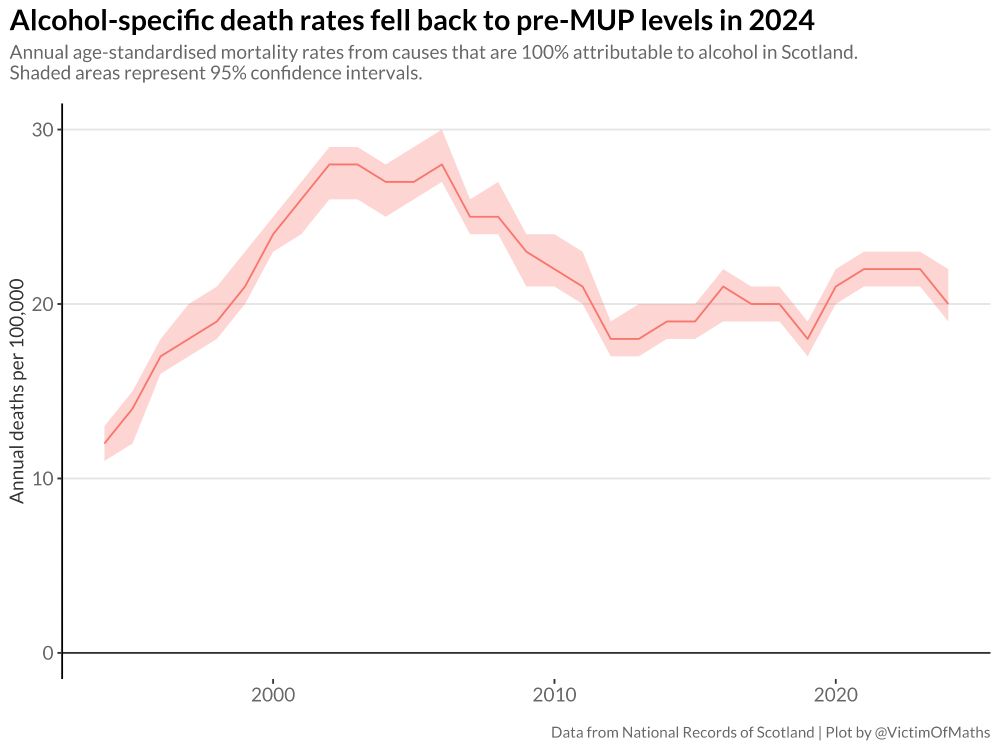Colin Angus
@victimofmaths.bsky.social
7K followers
360 following
730 posts
Professor of Alcohol Policy in the Sheffield Addictions Research Group (@SARG-SCHARR), graph drawer, data botherer, cake eater, incompetent cyclist and intermittent birder.
Posts
Media
Videos
Starter Packs



















